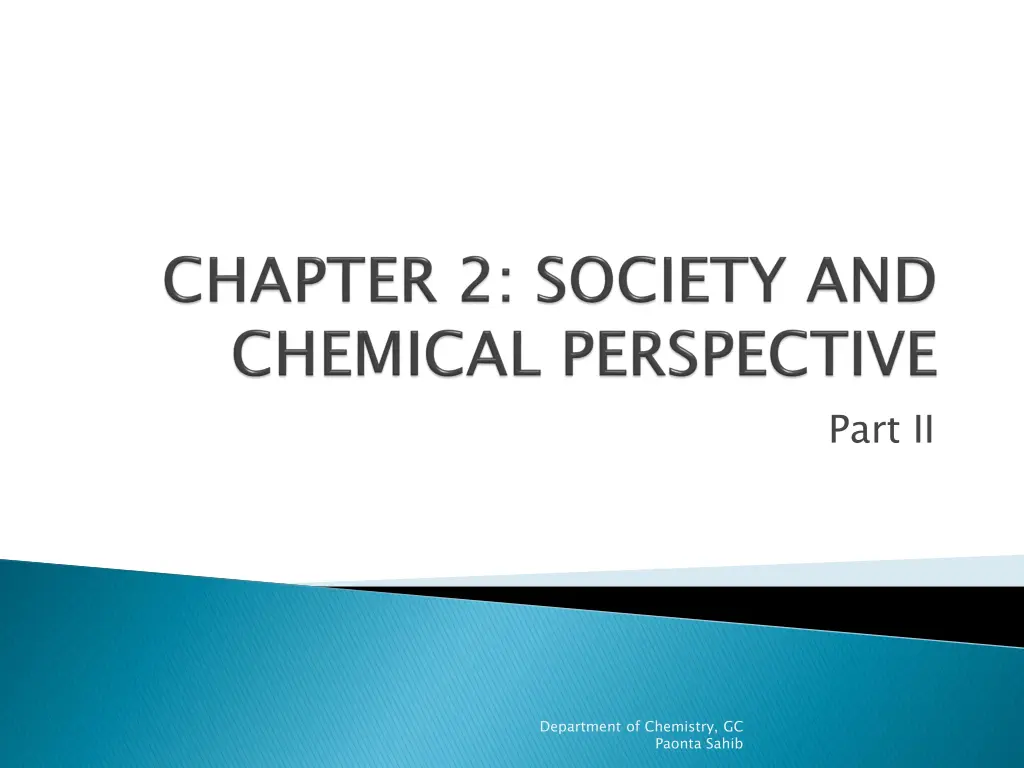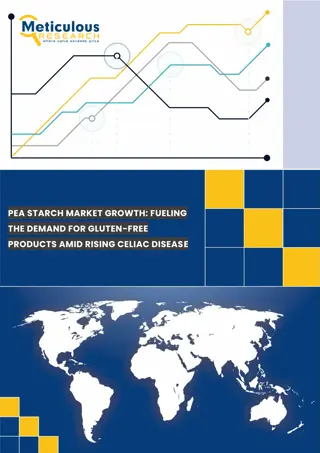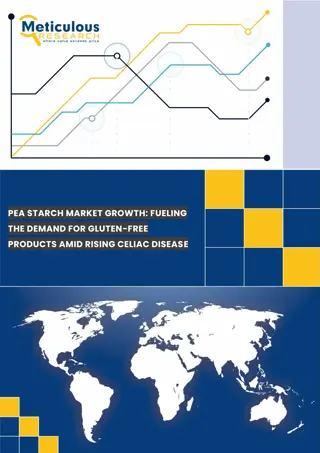
Understanding Proteins and Amino Acids in Chemistry
Discover the significance of proteins and amino acids in living cells, their structures, essential roles, and classifications. Learn about the formation of peptides, isoelectric points, and more from the Department of Chemistry at GC Paonta Sahib.
Download Presentation

Please find below an Image/Link to download the presentation.
The content on the website is provided AS IS for your information and personal use only. It may not be sold, licensed, or shared on other websites without obtaining consent from the author. If you encounter any issues during the download, it is possible that the publisher has removed the file from their server.
You are allowed to download the files provided on this website for personal or commercial use, subject to the condition that they are used lawfully. All files are the property of their respective owners.
The content on the website is provided AS IS for your information and personal use only. It may not be sold, licensed, or shared on other websites without obtaining consent from the author.
E N D
Presentation Transcript
Part II Department of Chemistry, GC Paonta Sahib
Proteins are high molecular mass complex molecules of amino acids present in all living cells. Chemically proteins are condensation polymers (polyamides) in which the monomer units are alpha amino acids. Chief source of proteins are milk, cheese, pulses, peanuts, fish, meat etc. On partial hydrolysis, proteins give peptides of varying molecular masses which on complete hydrolysis give alpha- amino acids. Department of Chemistry, GC Paonta Sahib
-amino acids are building blocks of proteins. They are organic compounds containing both an amino group and carboxyl group. They are represented by the general formula: The amino acids can be made by our bodies and we do not require them in our diet. They are non- essential amino acids. The amino acids that are not made inside the body and must be supplied to our diet. They are essential amino acids. Department of Chemistry, GC Paonta Sahib
Amino acids exist as dipolar ion called as Zwitter ion. It has positive as well as negative ends within the same molecule. Proton goes from the carboxyl group to amino group. The zwitter ion structure of alpha amino acid may be written as: Department of Chemistry, GC Paonta Sahib
The pH or hydrogen ion concentration of the solution at which a particular amino acid does not migrate under the influence of an electric field is called isoelectric point of that amino acid. At isoelectric point, the amino acids have the least solubility in water and this property is used for the separation of different amino acids obtained from the hydrolysis of proteins. Department of Chemistry, GC Paonta Sahib
These are compounds formed by the condensation of two or more same or different alpha amino aids. The condensation occurs between amino acids with the elimination of water. The resulting CO-NH- linkage is called a peptide linkage or peptide bond. Department of Chemistry, GC Paonta Sahib
They are complex nitrogenous molecules which are essential for the growth and maintenance of life. The molecular masses of proteins are very high. Structurally, proteins are long polymers of amino acids linked by peptide bonds. Classification 1 1. . On i) Fibrous proteins ii) Globular proteins Classification of On the of Proteins basis of Proteins: : of molecular the basis molecular structure structure: : Department of Chemistry, GC Paonta Sahib
Department of Chemistry, GC Paonta Sahib
Simple give amino acids only on hydrolysis with acids or enzymes. E.g. albumins, Globulins, prolamines etc. Conjugated which on hydrolysis give a non-protein part and alpha amino acids. iii) Derived partial hydrolysis of simple or conjugated proteins. polypeptides etc. Simple proteins proteins: : These are proteins which i) i) Conjugated proteins proteins: These are proteins ii) ii) Derived proteins proteins: They are products of E.g. proteases, peptones, Department of Chemistry, GC Paonta Sahib
Department of Chemistry, GC Paonta Sahib
It is a process that changes the physical and biological properties of proteins without affecting the chemical composition of the proteins. . It is caused by certain physical or chemical treatment temperature, presence of salts or certain chemical agents. It does not change the primary structure of proteins but results from arrangement of secondary and tertiary structure. such as changes in pH, Department of Chemistry, GC Paonta Sahib
They are biologically important polymers which are present in all living cells. The repeating units are called nucleotides. There are two types of nucleic acids: 1. DNA (deoxyribonucleic acid) 2. RNA (ribonucleic acid) Department of Chemistry, GC Paonta Sahib
Department of Chemistry, GC Paonta Sahib
Department of Chemistry, GC Paonta Sahib
Department of Chemistry, GC Paonta Sahib














